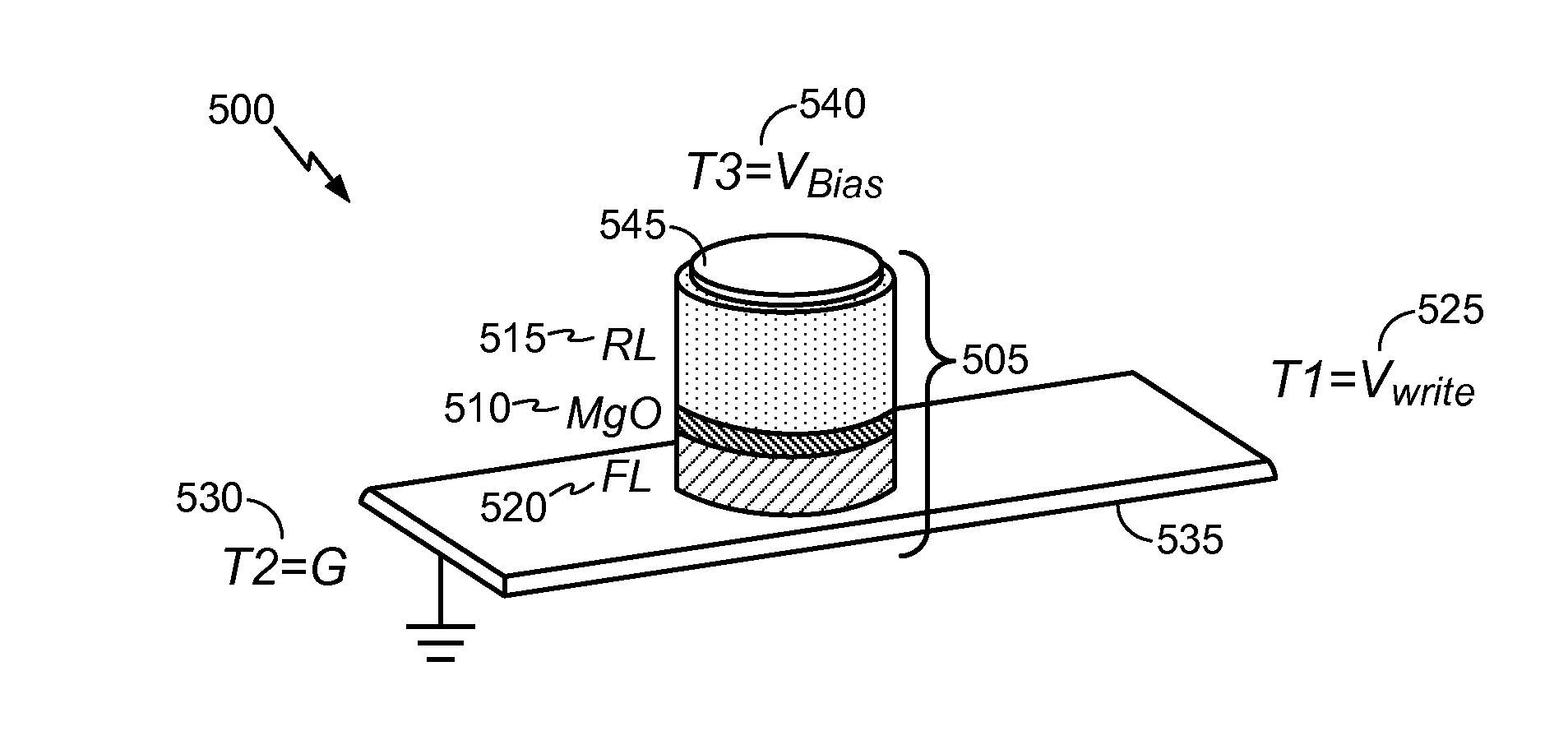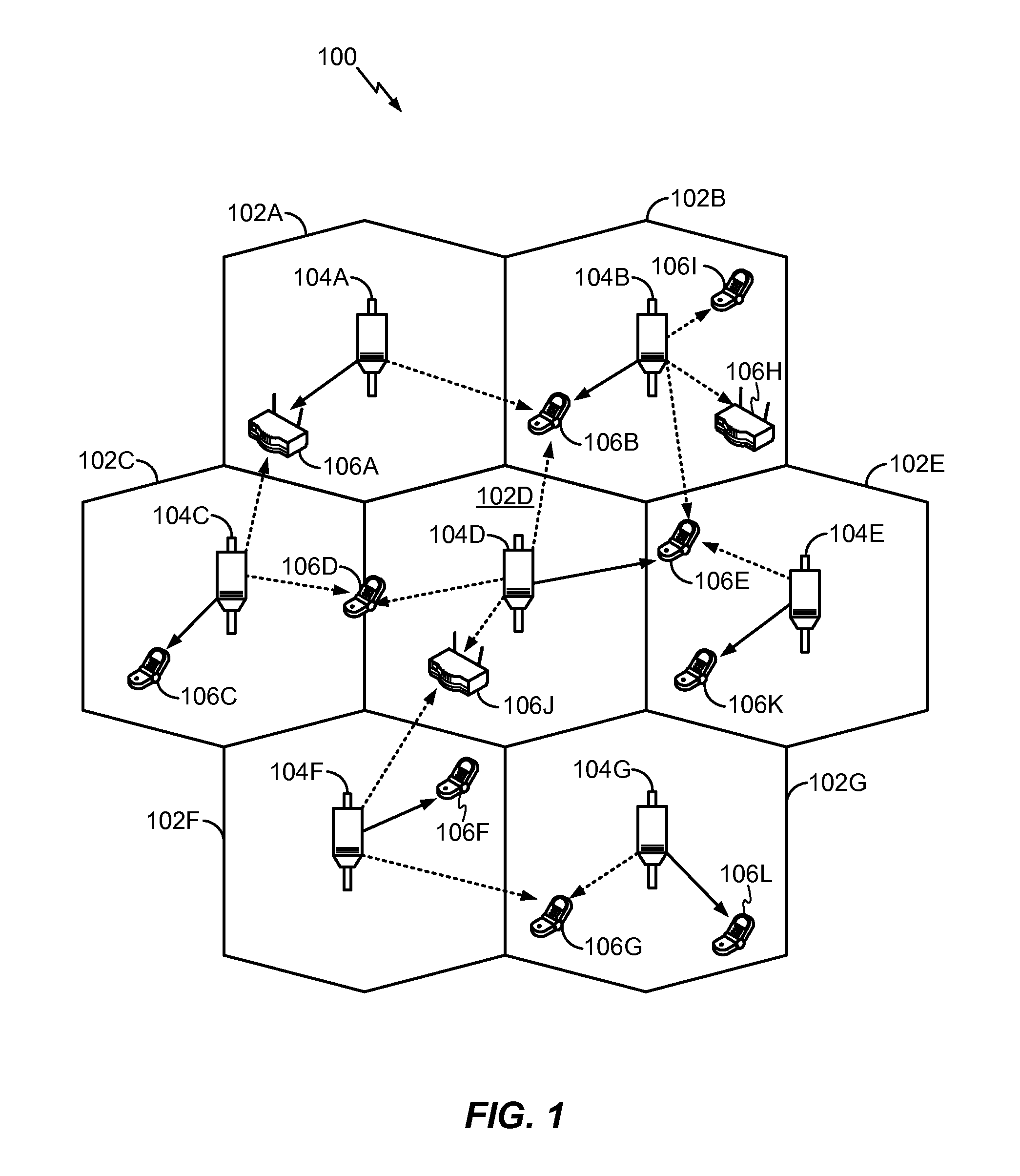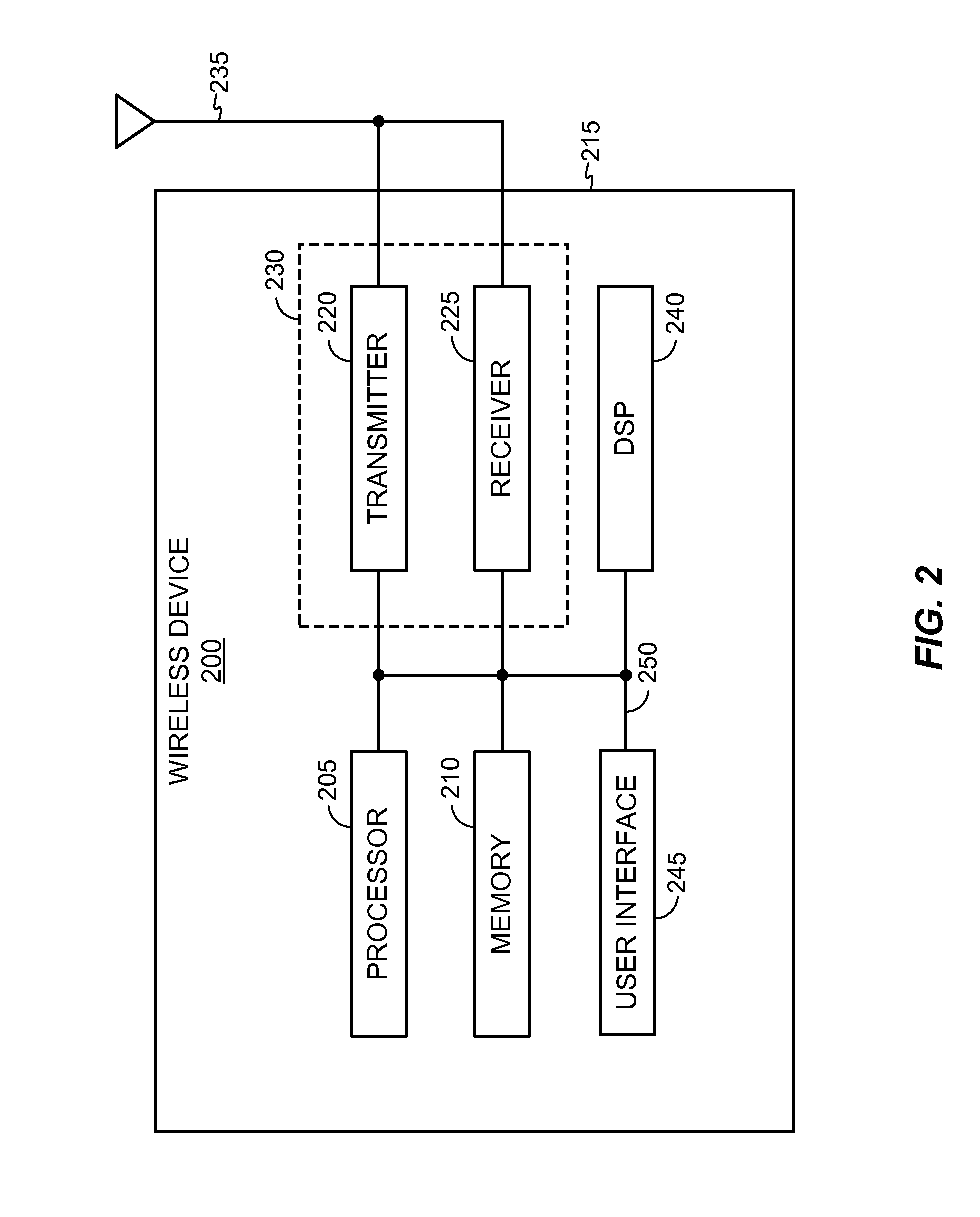Spin-orbit-torque magnetoresistive random access memory with voltage-controlled anisotropy
a random access memory and spin-orbit-torque technology, applied in the field of electrical devices, can solve the problems of low read speed and write reliability, loss of stored information of volatile ram, and inability to perfect conventional mram devices, so as to and reduce the magnetic anisotropy of the free layer
- Summary
- Abstract
- Description
- Claims
- Application Information
AI Technical Summary
Benefits of technology
Problems solved by technology
Method used
Image
Examples
Embodiment Construction
Introduction
[0027]Methods and apparatus relating to spin-orbit-torque magnetoresistive random access memory with voltage-controlled anisotropy are provided. In an example, disclosed is a 3-terminal magnetic tunnel junction (MTJ) storage element that is programmed via a combination of voltage-controlled magnetic anisotropy (VCMA) and spin-orbit torque (SOT) techniques.
[0028]The exemplary apparatuses and methods disclosed herein advantageously address the long-felt industry needs, as well as other previously unidentified needs, and mitigate shortcomings of the conventional methods and apparatus. For example, an advantage provided by the disclosed apparatuses and methods herein is an improvement in efficiency over conventional devices. The disclosed devices also use less write energy, while having a design that is simpler and more scalable than conventional devices. The disclosed devices also have increased thermal stability without increasing required switching current, as critical sw...
PUM
 Login to View More
Login to View More Abstract
Description
Claims
Application Information
 Login to View More
Login to View More - R&D
- Intellectual Property
- Life Sciences
- Materials
- Tech Scout
- Unparalleled Data Quality
- Higher Quality Content
- 60% Fewer Hallucinations
Browse by: Latest US Patents, China's latest patents, Technical Efficacy Thesaurus, Application Domain, Technology Topic, Popular Technical Reports.
© 2025 PatSnap. All rights reserved.Legal|Privacy policy|Modern Slavery Act Transparency Statement|Sitemap|About US| Contact US: help@patsnap.com



